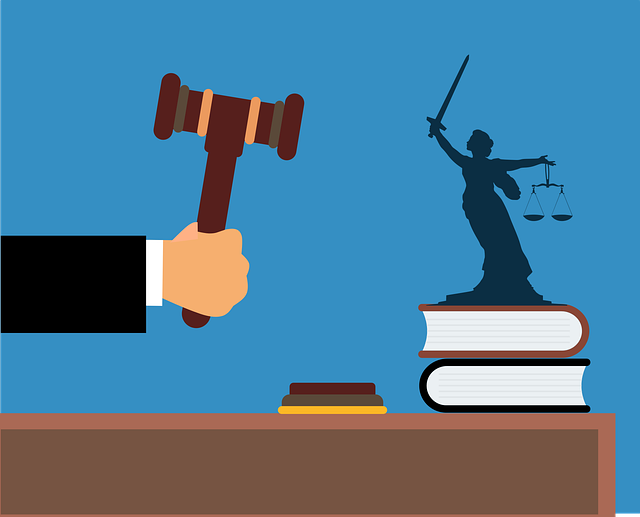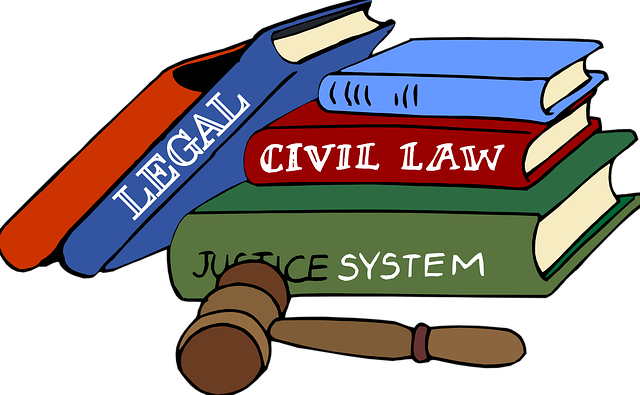C-Level investigations are thorough probes into high-stakes incidents impacting companies' reputations and finances. These cases demand meticulous scrutiny of complex corporate structures, legal frameworks, and individual actions, with a key focus on calculating damages in personal injury claims. Expert analysis is pivotal, especially for navigating white-collar defense and determining non-economic losses like pain and suffering. By leveraging technology, including AI and blockchain, professionals can enhance evidence gathering, liability assessment, and damage calculation, ensuring fair resolutions and fostering trust through innovative, efficient legal strategies.
“In the complex realm of personal injury claims, C-level investigations play a pivotal role in uncovering truth and securing justice. This comprehensive guide delves into the intricate world of high-profile cases, exploring the significance of expert analysis and its impact on damage assessments. From understanding key considerations in calculating economic and non-economic damages to examining compelling case studies, we offer valuable insights. Additionally, we forecast future trends, highlighting technology’s transformative effect on personal injury damage evaluations.”
- Understanding C-Level Investigations: A Deep Dive into High-Profile Cases
- The Role of Expert Analysis in Personal Injury Claims
- Calculating Economic and Non-Economic Damages: Key Considerations
- Case Studies: Successful Strategies for C-Level Investigations
- Future Trends: Technology's Impact on Personal Injury Damage Assessments
Understanding C-Level Investigations: A Deep Dive into High-Profile Cases
C-Level investigations are comprehensive inquiries into high-level incidents that significantly impact an organization’s reputation or financial health. These cases demand meticulous attention to detail, as they often involve complex corporate structures and intricate legal frameworks. When a company faces allegations of misconduct at the executive level—be it fraud, breach of fiduciary duty, or other serious violations—it is crucial to understand the scope and potential consequences.
A deep dive into C-Level investigations reveals a process that goes beyond surface-level analysis. It involves examining financial records, corporate governance practices, and the actions of individuals involved. Calculating damages in personal injury cases, for instance, becomes a critical aspect when assessing the impact on shareholders and stakeholders. With the ability to sway public perception and influence regulatory actions, these investigations not only affect the future of the organization but also set precedents across the country, shaping legal strategies for both corporate and individual clients alike. Past successes in securing winning challenging defense verdicts attest to the importance of robust investigation techniques in navigating such intricate labyrinths.
The Role of Expert Analysis in Personal Injury Claims
In personal injury claims, expert analysis plays a pivotal role in unraveling complex cases and ensuring justice is served. When it comes to calculating damages, professionals with specialized knowledge are invaluable. They sift through medical records, employ sophisticated methodologies, and consider numerous factors to assess the extent of injuries, pain and suffering, lost wages, and other relevant expenses. This meticulous process helps both plaintiffs and defendants in presenting compelling arguments, ultimately influencing the outcome of the case.
Moreover, expert analysis is particularly crucial in white-collar defense cases, where intricate financial and legal networks may obscure liability. These professionals can navigate the labyrinthine details, providing insights that could lead to a complete dismissal of all charges or significant reductions in damages awarded. By relying on their expertise, philanthropic and political communities, among others, can mitigate risks and ensure fair resolutions, fostering an environment of trust and justice beyond the courtroom.
Calculating Economic and Non-Economic Damages: Key Considerations
Calculating damages in personal injury cases is a complex task that goes beyond mere financial compensation. When C-Level investigations are launched, understanding both economic and non-economic damages is essential. Economic damages refer to tangible losses like medical expenses, lost wages, and property damage, which can often be quantified with ease. However, non-economic damages—such as pain and suffering, emotional distress, and loss of quality of life—are more subjective and challenging to assess.
Legal professionals must consider an unprecedented track record across the country when determining these non-monetary values. This involves evaluating all stages of the investigative and enforcement process, ensuring a comprehensive understanding of the victim’s experiences. By meticulously documenting and presenting these damages, legal teams can secure fair compensation for clients, reflecting their unique circumstances and the impact on their lives.
Case Studies: Successful Strategies for C-Level Investigations
When conducting C-Level investigations, learning from successful case studies can be invaluable. These in-depth analyses provide a roadmap for navigating complex and high-stakes cases, including white collar and economic crimes. By examining real-world scenarios, professionals can uncover effective strategies for gathering evidence, assessing liabilities, and ultimately, calculating damages in personal injury cases.
Successful strategies often involve meticulous documentation, sophisticated financial analysis, and innovative investigative techniques. For his clients, the goal is to uncover the full extent of losses incurred due to fraudulent activities or negligence. This requires a comprehensive approach that goes beyond surface-level calculations, delving into intricate details to ensure fair compensation for victims. These case studies serve as a beacon, guiding investigators through the complexities of high-stakes cases, ultimately contributing to more accurate and just outcomes.
Future Trends: Technology's Impact on Personal Injury Damage Assessments
As technology continues to evolve, it’s transforming the landscape of personal injury damage assessments in significant ways. Advanced tools and data analytics are now playing a pivotal role in calculating damages in these complex cases. AI-driven software can analyze vast amounts of data—from medical records to historical case outcomes—to provide more accurate predictions of potential awards. This not only speeds up the assessment process but also enhances its objectivity, reducing human error.
Looking ahead, the integration of blockchain technology promises further disruption. Transparent and immutable records could streamline the entire claims process, from documentation to settlement. Moreover, as white-collar defense strategies become more sophisticated, understanding and leveraging these technological advancements will be crucial for achieving extraordinary results in personal injury cases. By staying at the forefront of these trends, philanthropic and political communities can ensure that justice is not only served but also delivered efficiently and fairly.
C-Level investigations have become a pivotal aspect of personal injury claims, demanding a comprehensive approach to damage assessment. By combining expert analysis with advanced technologies, legal professionals can effectively navigate complex cases. Understanding the intricate details outlined in this article—from the intricacies of economic and non-economic damages to innovative case study strategies—is crucial for achieving favorable outcomes in personal injury litigation. As we move forward, embracing technological advancements will undoubtedly revolutionize damage calculations, ensuring more precise and just resolutions.






